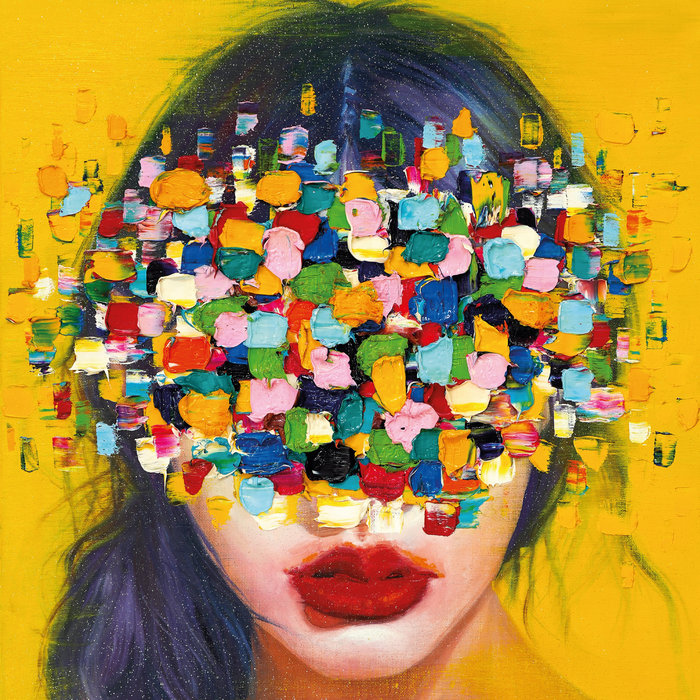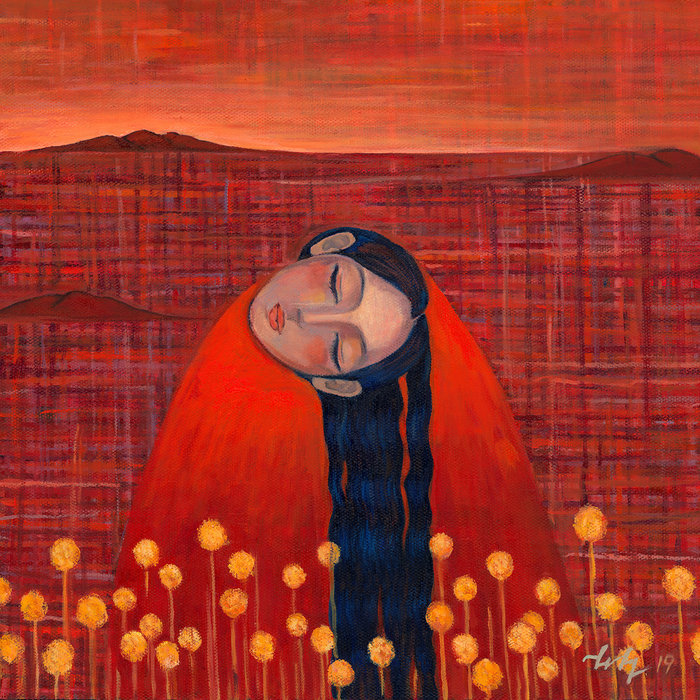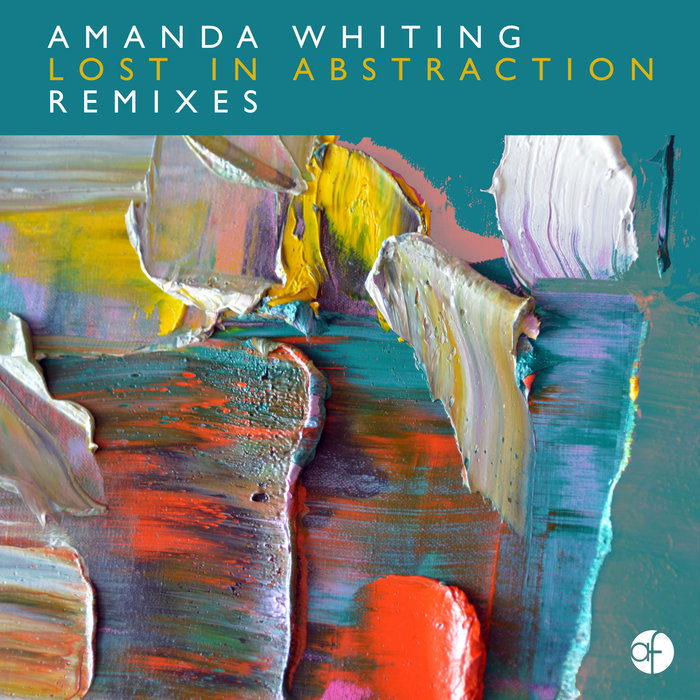
What Is It We Need? (ft Alice Russell) – Amanda Whiting
this blog is GROOVY – check out great Soul, Funk, Jazz, Hip Hop, Bass, Breaks , Reggae, House n many more TUNES
Jazz, the music that makes your feet tap and your heart sing, has a ton of sweet styles and instruments. But let’s take a groovy dive into one of the least expected yet utterly magical sounds in jazz: the harp. That’s right, folks! We’re talking about the jazz harp.
The harp isn’t just for angels or orchestras — it has its own funky place in jazz history. While harps date back thousands of years (think ancient Egypt), their jazzy journey got rolling around the early-to-mid 20th century.
Picture this: New Orleans is buzzing in the 1920s with all sorts of musical experimentation. Enter stage left: Ruth Brown, who not only belted out rhythm and blues but also played some killer harp tunes. By then, musicians started pushing boundaries, blending genres like peanut butter and jelly.
Fast forward to the swinging ’30s! This was when artists like Carlos Salzedo began to bring a more classical touch to jazz on the harp while still sneakin’ around those jazzy vibes. His technique was so slick that it turned heads faster than you can say “Hippity-Hop!”
Then we had Harpo Marx, who was less about serious jazz and more about adding humor (and some snappy melodies) to films with his zany antics on stage! Harpo would often play his signature numbers with wacky expressions that had everyone laughing along — imagine slapstick comedy meets smooth harmonies!
As time rolled into the ‘50s and ‘60s, more musicians took up this mystical string instrument in clubs everywhere from New York City to San Francisco’s beatnik scene. One standout player during this era was Dorothy Ashby — she rocked that harp like there was no tomorrow! Dorothy wasn’t just playing; she brought soul into every pluck of her strings, mixing traditional sounds with cool scatting techniques that made heads bop and spirits soar.
Did you know? Dorothy recorded an album called The Hip Harpist, which focused not only on enchanting melodies but also featured jazzy improvisations! Talk about taking it up a notch!
In today’s world, you can hear harps sprinkled throughout various forms within jazz—often collaborating with saxophones or pianos like best buddies jamming at sunrise after a late-night session.
But wait—it gets better! Modern players are experimenting by using effects pedals—a move beyond what anyone could have imagined back in Ruth Brown’s day. They’re transforming their soundscape from soft whispers to roaring storms within seconds!
Branford Marsalis once joked about needing two harps because one always breaks under pressure—“One for my serious grooves; another for my unexpected bursts!” Who knew he’d be giving relationship advice too?
When asked why he plays jazz instead of classical music, legendary jazz harpist Mike McGinnis said simply: “I tried playing Bach on a crunchy bass amp… didn’t go over well at parties.” No surprises there!
And let’s not forget how many times players have mashed up names mistakenly—imagine asking someone if they’ve heard Dave Brubeck play alongside Cynthia Lee… only realizing later they were referring instead to pneumatic tubes filled with candy wrappers as part of postmodern art displays—or maybe even an ’80s synth band gone haywire backstage at some festival!
These days? There are several amazing contemporary players keeping that vibe alive such as Lara Somogyi, whose energy is infectious through each performance—the way she throws down rhythms while seamlessly transitioning between genres will leave anyone spinning off their chairs cheering away as daylight breaks over city skylines lit by neon signs adorned across rooftops above coffee shops nearby where different jams collide together…
Another noteworthy name is French artist Anne Leileh, known for her stellar fusion music styles infused with eclectic influences ranging from Middle Eastern folk songs straight onto modern dance beats spiraling down avenues never ventured before—the avant-garde spirit runs strong here indeed.
So next time you’re vibing at your local jazz club or festival under starlit skies… listen closely—you might catch those glimmering clangy notes echoing through airwaves spun fresh daily inspired endlessly by generations past paving paths onwards toward wild unknown realms—for each moment spent feeling pure groove works wonders all around us—as long fingers glide across shimmering strings bringing forth beautiful tunes unbound by tradition alone while keeping things light-hearted maybe tossing laughter along side sultry refrains drifting ever onward…
And remember folks: In Jazz Land — everything’s cooler when there’s a little sprinkle of magic added—in this case—your harmonic buddy holding down sweet vibes through every twist turn flourish reflected upon both heartstrings gently swaying into euphoric bliss… So let’s keep strumming ahead together! 🎶✨

What Is It We Need? (ft Alice Russell) – Amanda Whiting

Facing The Sun – Amanda Whiting

Incredible Lightness – Amanda Whiting